| Etymology | Genus | After Averrhoes, an Arabian physician and translator of Aristotle's work |
|---|---|---|
| Species | Portuguese common name for the species | |
| Family | Oxalidaceae | |
| Synonyms | Averrhoa acutangula Stokes, Sarcotheca philippica (Villar) Hallier f. | |
| Common Names | Star Fruit, Carambola | |
| Status | Exotic: Casual | |
| Form | Tree | |
| Native Distribution | Java, and possibly Borneo and Philippines | |
Diagnostics:
A tree growing up to 15m, Averrhoa carambola is easily distinguished by its simple pinnate leaves. The leaflets is smallest near the petiole and increase in size till the terminal leaflet.
Interesting Facts:
The Star Fruit has been cultivated for centuries and is now found in many tropical and subtropical regions (Wee YC, 2003).Besides the edible fruit being eaten fresh, they also have many other uses (Wee YC, 2003). They can be cooked and made into jam, jelly and chutney. The fruit juice is used to remove clothes stains and clean metals. The flowers are also eaten as a salad in Java.
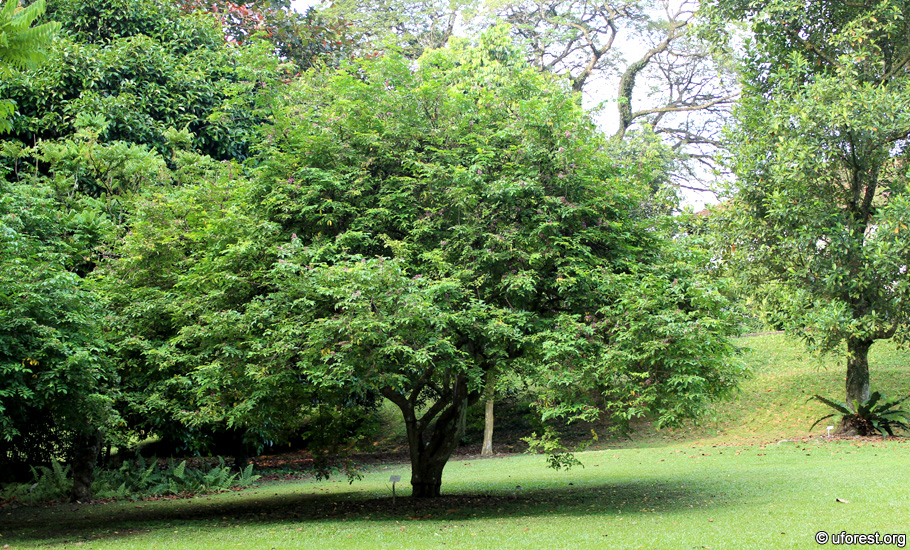
An individual in the Singapore Botanic Gardens.
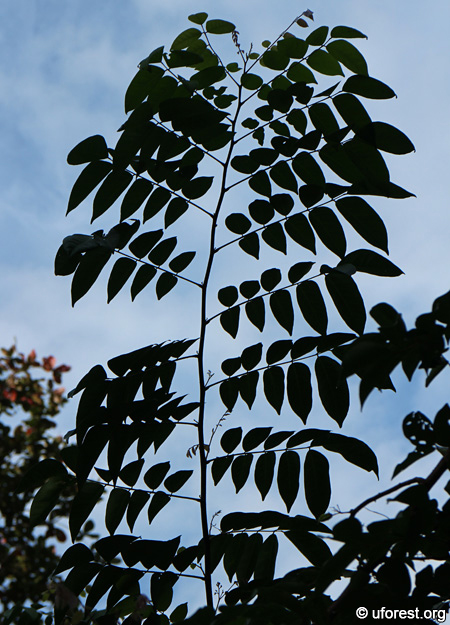
Silhouette of the compound leaves. Note that leaflets are larger at the ends.
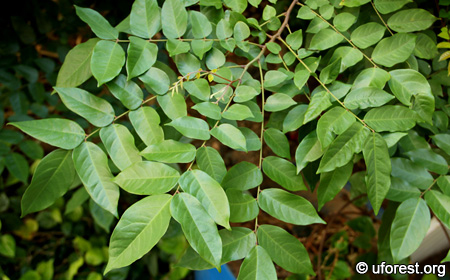
Characteristic foliage.
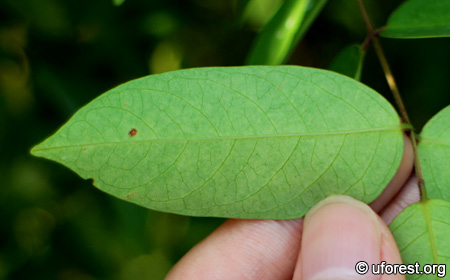
Venation of a leaflet.
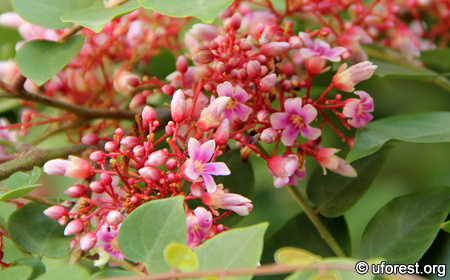
Flowers.
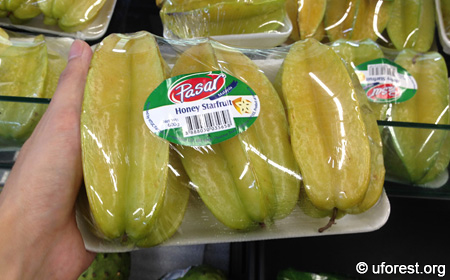
The iconic Star Fruit, sold in a supermarket.
References
Wee YC. (2003) Tropical Trees and Shrubs: A Selection for Urban Planting. Sun Tree Publishing, USA. 392 pp.Author: Siyang
Posted: 2017-06-26 / Modified: 2017-12-25